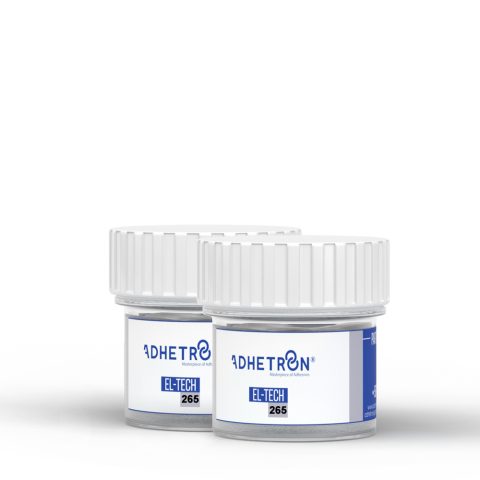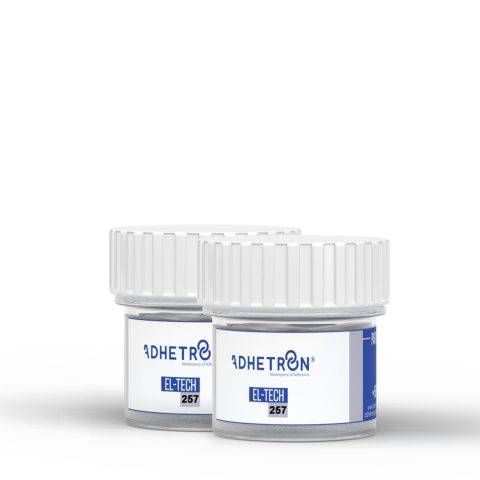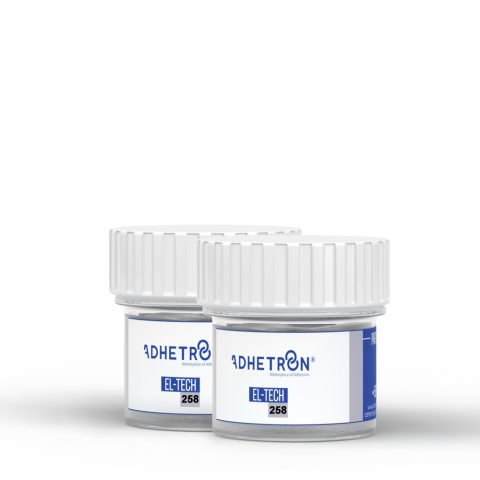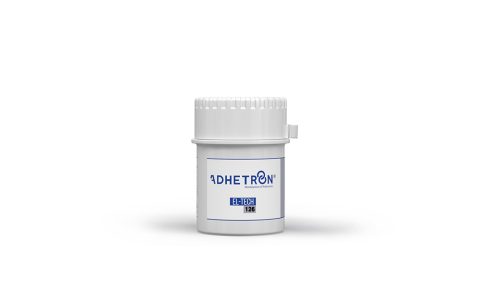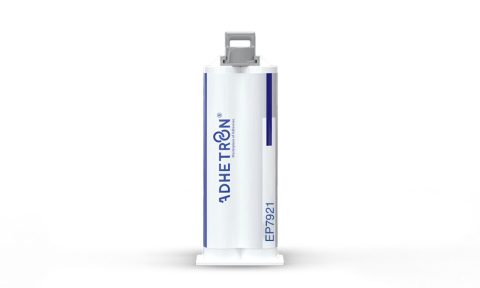What is Thermal Paste, What does it do?
Thermal paste is an essential material for computers and electronic devices. But what is thermal paste and what does it do? In this article, we will take a detailed look at what thermal paste is and how it is used.
Thermal paste is a type of thermal interface material that helps electronic components conduct heat more effectively. It is used to connect high heat-generating parts such as processors, graphics cards and other components of computers to cooling systems.
The correct application of thermal paste ensures better cooling of the components and prevents overheating. This ensures more stable operation and longer lifespan of the devices.
What is Thermal Paste?
Thermal paste is a thermal interface material that allows electronic components to conduct heat more efficiently. Thanks to its high conductivity, this material removes heat away from components, improving performance and preventing overheating problems. Thermal pastes are commonly used for computer processors, graphics cards and other high-heating electronic devices.
Thermal pastes are a mixture of materials such as metal oxides and polymers. This mixture creates a structure that better conducts and dissipates heat. In addition, thermal pastes fill the air gap between components and the heatsink, providing better contact. This makes heat transfer more efficient.
Thermal pastes play an important role in improving the performance of computer systems and extending the life of components. When applied correctly, it prevents components from overheating and ensures system stability by properly distributing heat.
Use of Thermal Paste
Thermal pastes should be handled with care when applying them on electronic components. First, the surface of the component should be cleaned and free of oil, dust or other contaminants. Then, the thermal paste should be applied in a thin layer on the component.
When applying the thermal paste, excessive amounts should be avoided. Using excessive amounts of paste can interfere with heat transfer and cause the components to heat up more. Also, care should be taken not to get the thermal paste on the edges of the components or on the pins.
After applying the thermal paste, the component’s heatsink must be carefully positioned and secured. This improves the contact of the thermal paste between the component and heatsink and optimizes heat transfer. Finally, it is important to monitor the temperature of the components when the system is powered up and it may be necessary to reapply the thermal paste as needed.
Benefits of Thermal Paste
Thermal paste is a product that is used in many different areas and has many benefits. One of the most important benefits of thermal paste is its high temperature resistance. This makes it an ideal solution for cooling electronic devices and computers. In addition, thermal paste increases heat transfer, allowing devices to run more efficiently.
Thermal paste also provides a better connection between electronic components thanks to its high conductivity. This ensures a more stable operation of the devices. Furthermore, the protective properties of thermal paste prevent devices from overheating, thus extending their lifespan.
Another benefit of thermal paste is that it provides sound insulation. Especially in devices that make noise, such as computers and other electronic devices, you can reduce the noise by using thermal paste. In this way, you can achieve a quieter working environment.
Application Areas of Thermal Paste
Thermal paste has a wide range of applications. In particular, it is an ideal solution for computers, game consoles, televisions and other electronic devices. It prevents the components inside these devices from overheating, ensuring longer life and more efficient operation.
Thermal paste also has industrial uses. For example, in sectors such as power electronics, automotive and aerospace, thermal paste plays an important role thanks to its high temperature resistance and heat transfer properties. This allows devices to operate more safely and efficiently.
Thermal paste is also suitable for home use. In particular, thanks to the sound insulation properties of thermal paste, you can ensure quieter operation of electronic devices at home. In addition, the fact that thermal paste saves energy is also an important advantage for home use.
How to Choose Thermal Paste?
The most important issues in thermal paste are listed below.
Thermal Conductivity:
Chemical Resistance:
Plastic and Rubber Compatibility
Environmentally Friendly
Industry Standards
You can solve all your heating problems with Adhetron TP95 Thermal Paste. Click for Detailed Information.
Correct Use of Thermal Paste
Using thermal paste correctly will ensure better cooling of your device. First, you should make sure that your device is clean and dry. Then, you can use cleaning alcohol or a similar cleaner to clean the surface where you will apply the thermal paste.
Another thing you should pay attention to when applying the thermal paste is to get the amount right. Using too much thermal paste can reduce the cooling performance of your device. Therefore, it is important to apply the thermal paste in a thin layer.
After applying the thermal paste, you should mount your device properly. This will ensure that the thermal paste can take full effect. It is also important to regularly check the thermal paste and renew it when necessary. This way, you can keep your device running at optimum performance.

